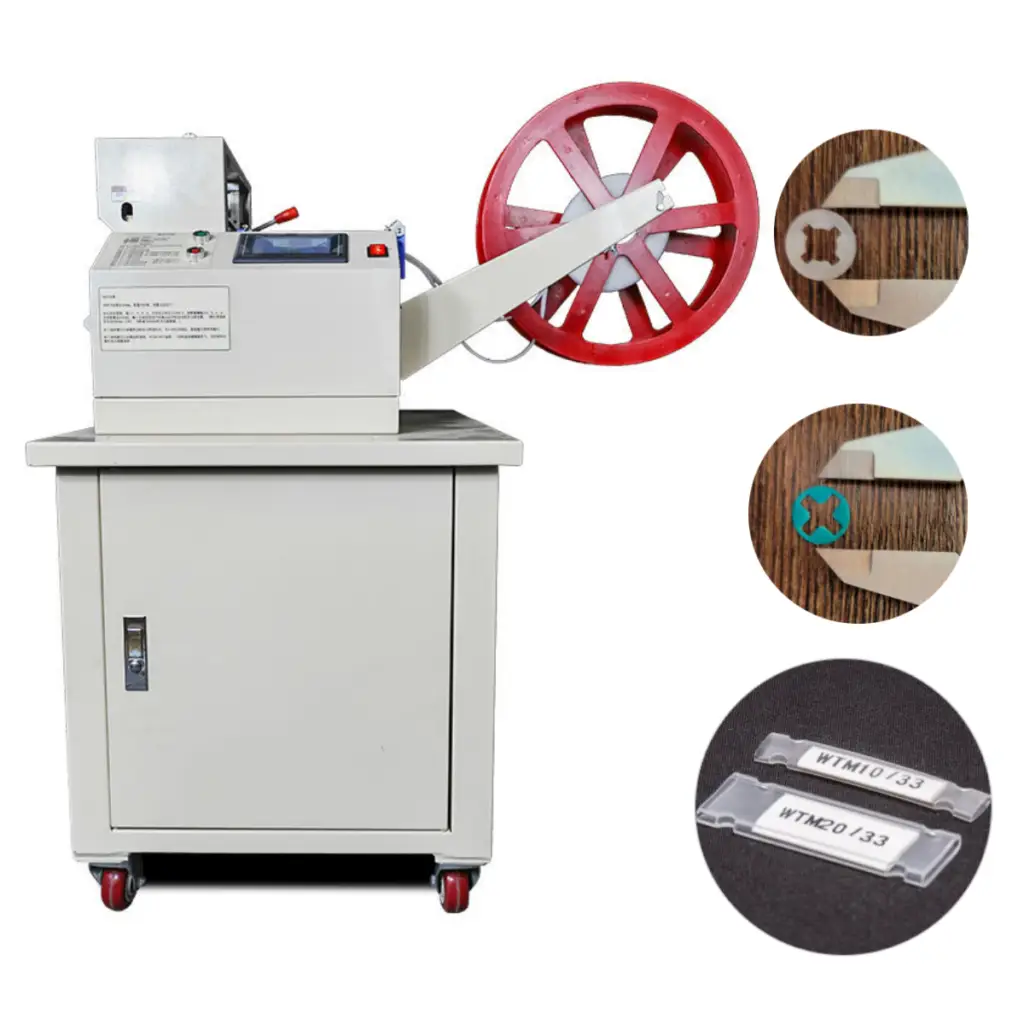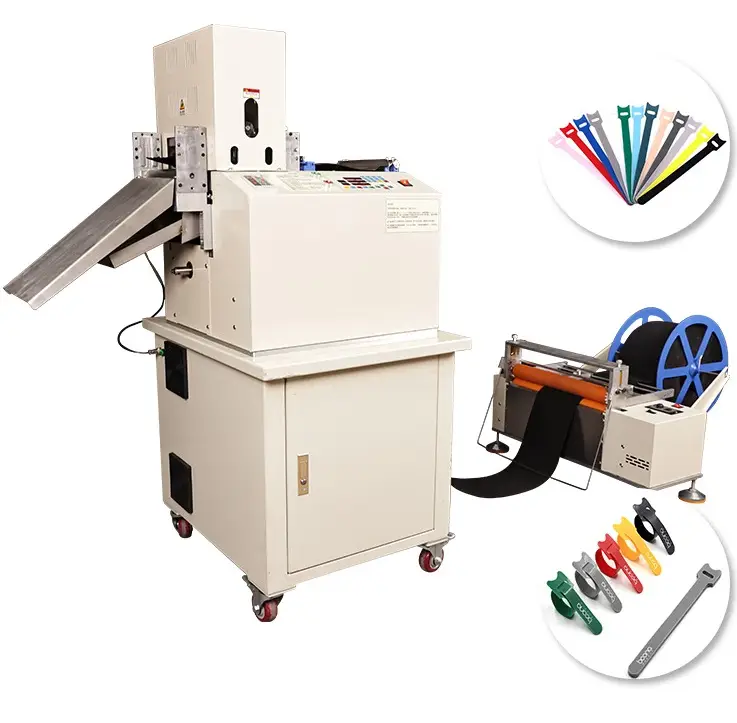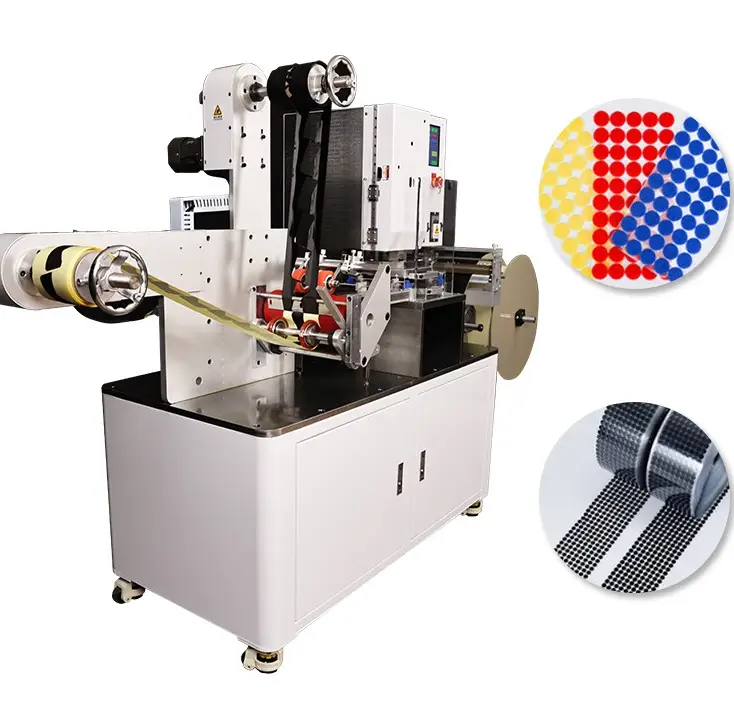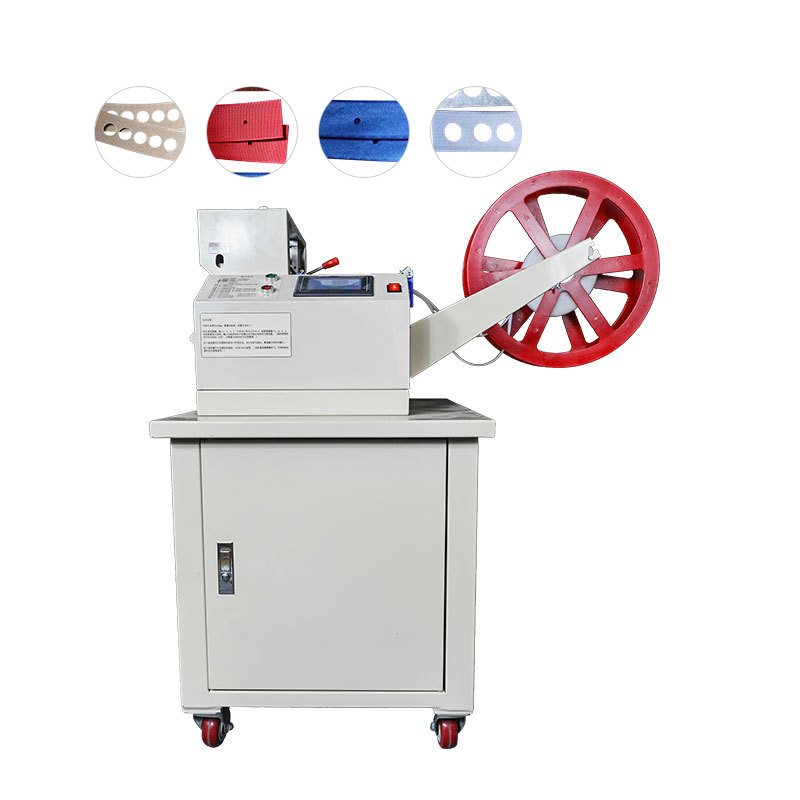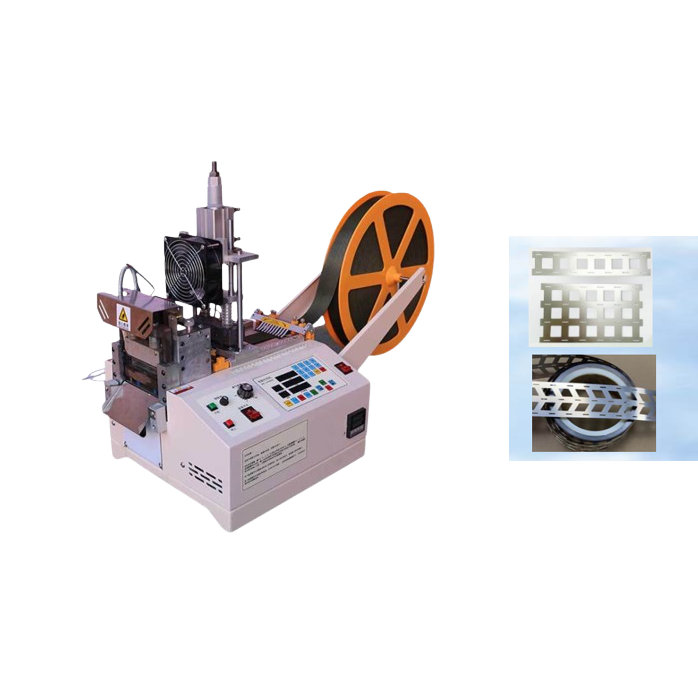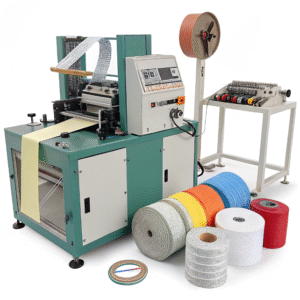Is There an Eco-Friendly Way to Cut Foam?
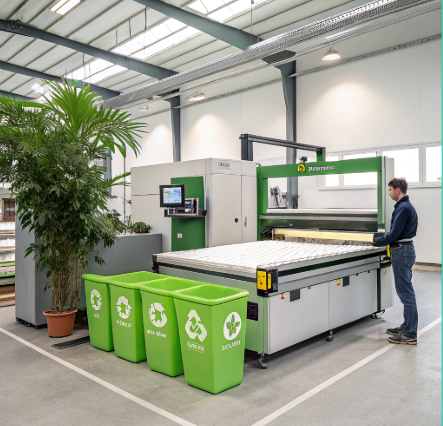
Many manufacturers want to cut foam without harming the planet—but don’t know where to start.
Yes, with the right cutting machine, you can reduce foam waste, energy use, and emissions in your production line.
Eco-friendly foam cutting methods—such as water jet cutting, digital knife cutting, and hot wire cutters—offer sustainable alternatives by reducing waste and eliminating harmful byproducts. Using recycled foam and exploring natural substitutes like coconut fiber further lowers environmental impact, making these solutions ideal for green manufacturing and eco-conscious industries.
Let’s explore how this works—and how your business can be part of the solution.
Can Technology Help Reduce Waste and Emissions in Foam Processing?
I used to think going green meant higher costs and slower work—until I upgraded our equipment.
Modern foam cutting machines use energy-efficient motors, precise digital controls, and smart design to reduce both material waste and electricity use.

Dive deeper: What makes a foam cutting machine eco-friendly?
Suzhou Haoxinhe Electrical Equipment Co., Ltd. has developed a range of smart, efficient cutting machines that help reduce waste. Here’s how the technology makes a difference:
🌍 1. Precision cutting reduces material loss
Older machines or manual cutting methods often waste foam due to uneven cuts or human error. That waste piles up fast.
Eco-friendly machines use:
- Digital input controls to minimize overcutting
- Stable feeding systems for consistent dimensions
- Auto-align systems that prevent offcuts
For example, one of our clients using our Protective Foam Cutting Machine cut their waste rate from 10% to 2% in just two months. That saved both money and raw material.
⚡ 2. Lower energy consumption
Our machines use high-efficiency servo motors. These motors:
- Only draw energy during active movement
- Run cooler, reducing heat-related waste
- Extend lifespan of machine parts
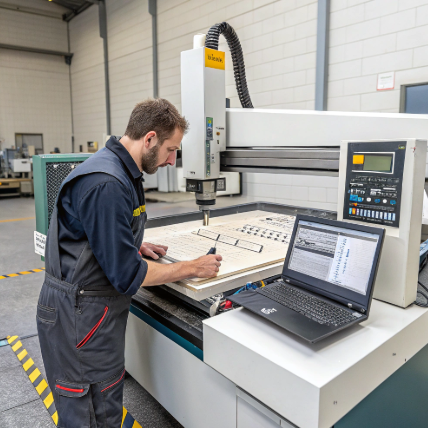
Let’s compare:
| Motor Type | Energy Use | Noise | Lifespan |
|---|---|---|---|
| Traditional AC Motor | High | Loud | Short |
| Haoxinhe Servo Motor | Low | Quiet | Long |
Each model—whether it’s our Webbing Ribbon Cutting Machine, Bubble Wrap Cutting Machine, or PVC Edge Banding Cutting Machine—uses optimized power draw settings that adapt to the foam’s thickness and type.
🧩 3. Recyclable waste management
Our machines support collection bins for clean offcuts. That allows easy recycling or reuse.
Some clients reuse foam trims in packaging or insulation. Others send clean foam to recyclers. The key is consistent cut quality and clean edges—both made possible with the right blade and feed system.
🧪 4. Emission control through better heat management
Many machines use heated blades. Poor systems overheat, wasting energy and risking toxic fumes.
Our Hot and Cold Cutting Machines maintain precise temperature zones. They heat fast but stay within safe operating ranges, reducing risk and emissions.
🧼 5. Less noise, less disruption
High-speed cutting can mean high noise. Our machines reduce this using enclosed systems and vibration dampers.
That protects your workers’ hearing—and creates a quieter, cleaner workspace.
I installed a Computer Tube Cutting Machine last year. The reduction in sound levels surprised everyone. No more earplugs, no more complaints.
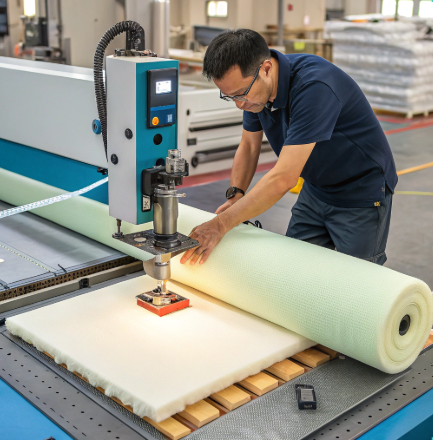
🌱 Bonus: Longer lifespan, fewer replacements
Buying cheap equipment means faster breakdown and more machine waste.
Haoxinhe’s cutting machines—like the Wire Cutting and Stripping Machine, Rotary Bevel Cutting Machine, and Automatic Punching Cutting Machine—last 10+ years with proper care. That lowers equipment turnover and landfill impact.
In sum, modern technology makes sustainable foam cutting not just possible—but profitable.
Conclusion
Cutting foam doesn’t have to hurt the planet. With smart machines, you reduce waste, emissions, and costs all at once.
Expert Insight: Sustainability in Foam Cutting Is Now a Standard, Not a Luxury
Over the last decade, I’ve worked with manufacturers trying to balance environmental responsibility with operational efficiency. The turning point came when advanced cutting machines—like those from Suzhou Haoxinhe—proved you don’t have to choose between the two.
One of my clients switched from manual cutting to a Haoxinhe foam cutter and saw foam waste drop by 80% while reducing electricity bills by over 15%. That wasn’t a “green tax”—it was a green win. These machines don’t just reduce scrap—they optimize every watt and inch of foam.
What impressed me most is the integration of smart power management and precision controls. You’re not just cutting foam—you’re cutting inefficiencies. When offcuts are clean and uniform, they’re no longer waste—they become reusable materials for packaging or insulation, helping you close the sustainability loop.
And the sound reduction? Huge. It’s often overlooked, but a quieter pla
